Although Hanoi authorities continue to issue official dispatches requesting travel agencies and tourism organizations to stop taking tourists to the "train street coffee district" due to security concerns, in reality, the place is still bustling "as if there had never been a ban."
Recently, the Hanoi Department of Tourism continued to issue a document requesting travel agencies to “say no” to the “train street cafe” area in the three wards of Cua Nam, Hang Bong and Cua Dong. This decision was made in the context that this location used to be a “magnet” attracting tourists, especially international tourists.
And the reason for the “ban” comes from concerns about railway traffic safety. “Train cafes” are places where shops and restaurants spring up close to the railway tracks, providing a unique experience and becoming an interesting “check-in” spot for international visitors to the capital.
The railway coffee street is about 2km long, connecting Le Duan, Tran Phu, Cua Dong and Phung Hung streets, and is considered by many international newspapers to be a destination not to be missed when coming to Hanoi. However, the downside of this experience is that it poses many potential risks to railway traffic safety, especially when the train is moving at high speed, unfortunate accidents can suddenly happen at any time.
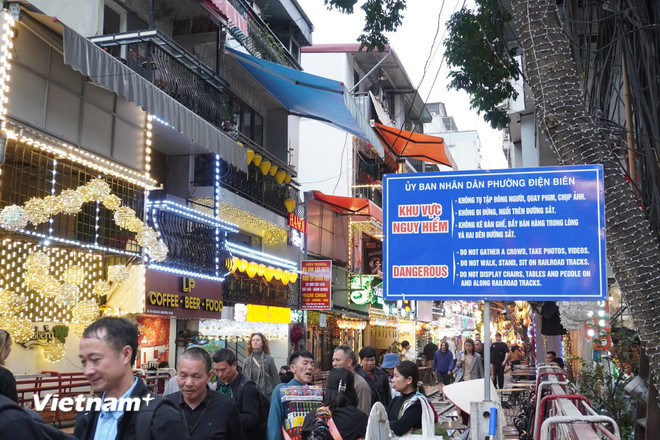
However, according to Vietnamplus reporters, despite the ban, the train street coffee area still attracts a large number of tourists. Although the number of tourist tours has been somewhat limited, many individual visitors still come to experience the special atmosphere of the "famous" street.
It is worth mentioning that although there are prohibition and warning signs on this road, when there are no security forces on duty to monitor, the coffee shop owners still openly invite and enthusiastically lead tourists into their shops. Tourists freely walk around, even sit on the tracks to take pictures, regardless of the lurking danger.
Leah, a female tourist from Canada, shared: “I have known about this place for a long time and when I came to Vietnam, this was the first place I wanted to visit. I did not know there was a ban because the shops were still very crowded and they invited us from the main road very enthusiastically.”
According to Mr. D.VT (train station security guard in Dien Bien ward), although we tried to stop them, they were still “too many.” “Every time we put up a fence at the beginning of the road, they would just slip through or take another route. With so many passengers, we couldn’t stop them. Five minutes before the train arrived, we took measures to clear the road and guide passengers to a safe place. There hasn’t been any accident yet, so they’re not afraid yet,” said Mr. T.
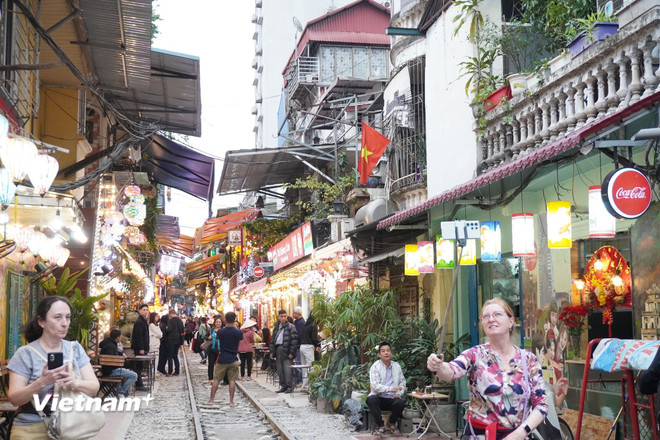
The arrival of the train is the most awaited moment for tourists as they have the opportunity to witness the train passing by at close range. Most of them are excited and surprised by this spectacular and adventurous scene.
Previously, Hanoi had resolutely eliminated the business of coffee shops on the railway, but violations continued to recur. The Vietnam Railway Authority also sent a document to the Hanoi People's Committee requesting measures to prevent and disperse gatherings of people filming, taking photos, and drinking coffee in the railway safety corridor.
Warning signs of “dangerous areas” in various languages, although hung at the beginning of Tran Phu, Nguyen Thai Hoc, Dien Bien Phu crossroads…, seem to be “invisible” to the eyes of tourists and business people in this area.
Coffee business in the railway area in Hanoi as it is now is violating railway safety regulations. Because according to regulations on ensuring railway traffic safety, the minimum distance of the protection corridor is 3m. For railway lines in operation, any activity affecting this safety corridor is a violation./.
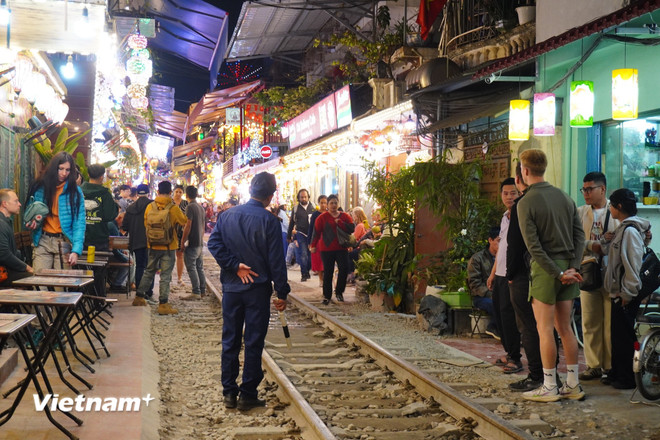
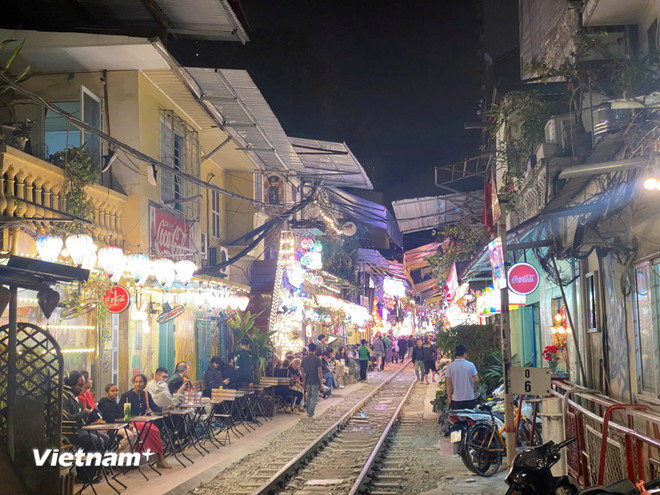 From morning to night, the train street cafe area is never empty of customers. (Photo: Van Anh/Vietnam+)
From morning to night, the train street cafe area is never empty of customers. (Photo: Van Anh/Vietnam+)Source: https://www.vietnamplus.vn/khu-pho-caphe-duong-tau-van-tap-nap-nhu-chua-tung-co-lenh-cam-post1021852.vnp


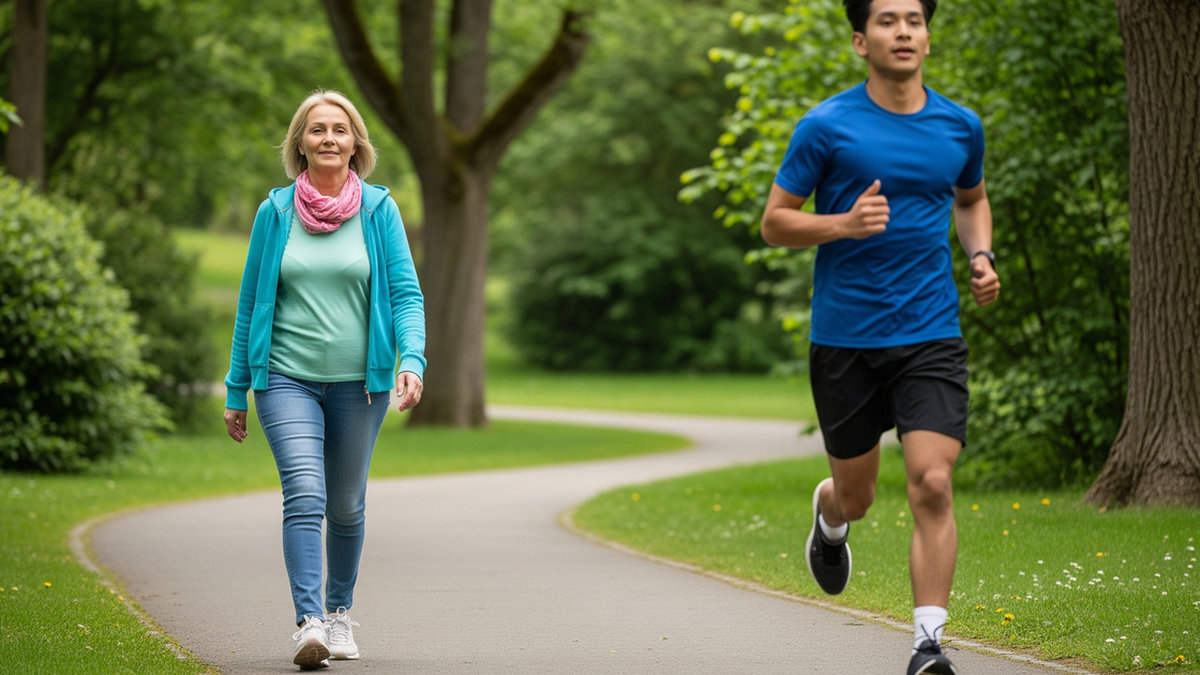

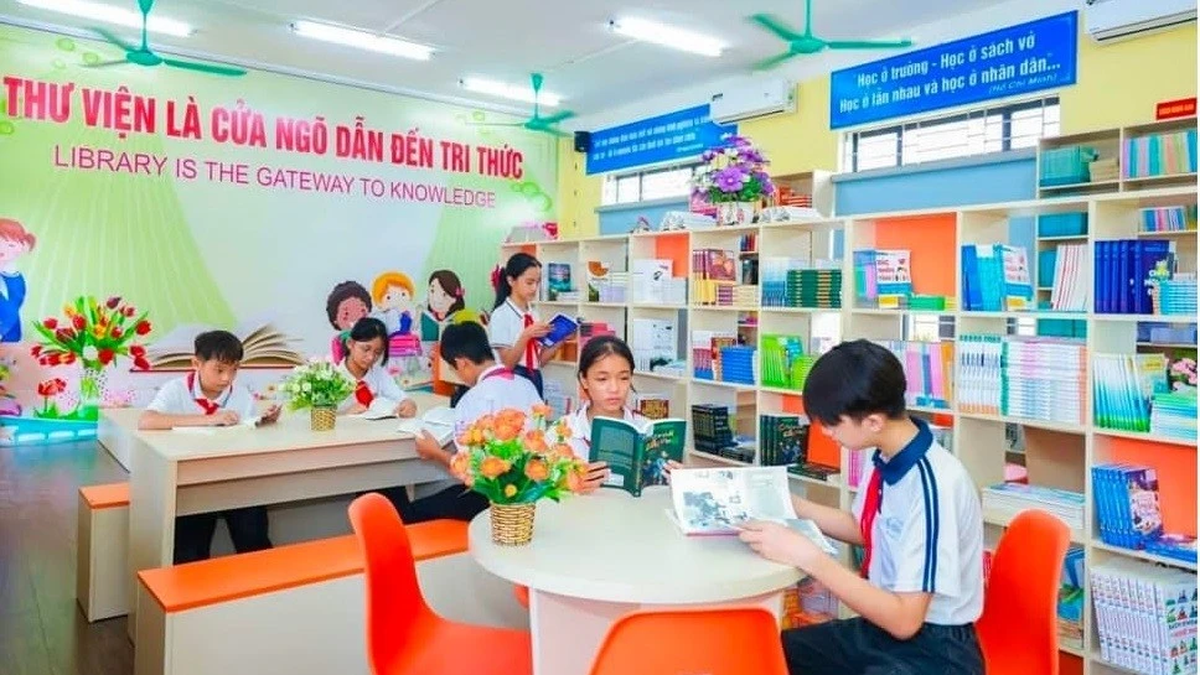
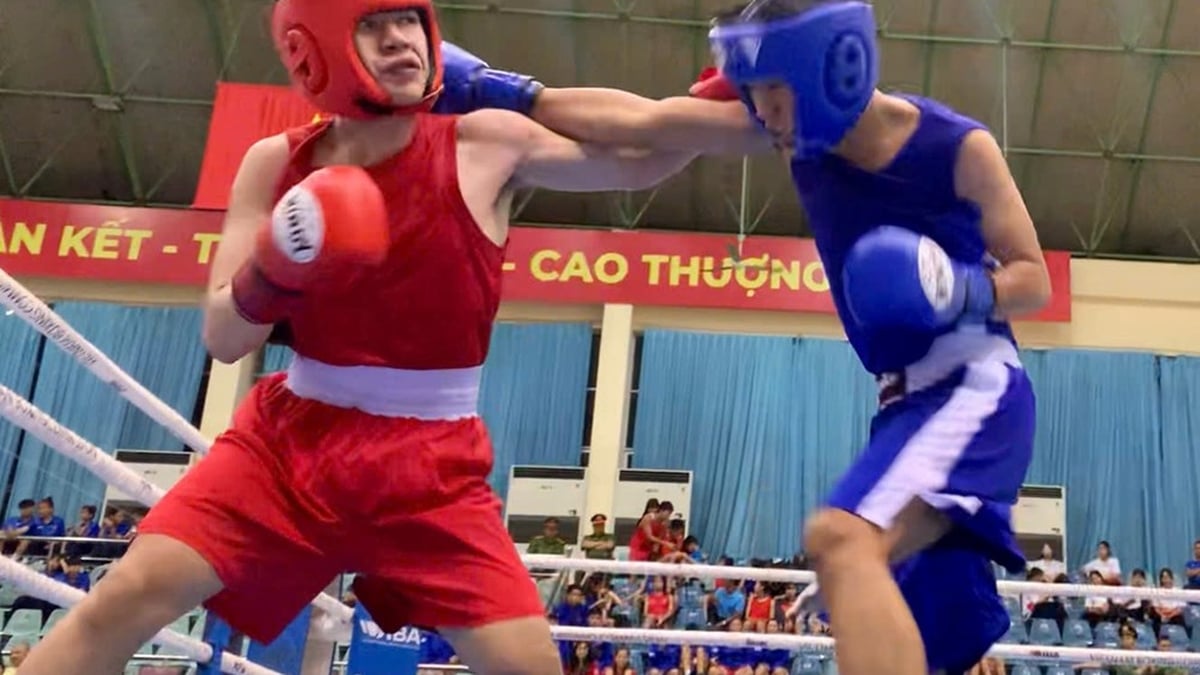
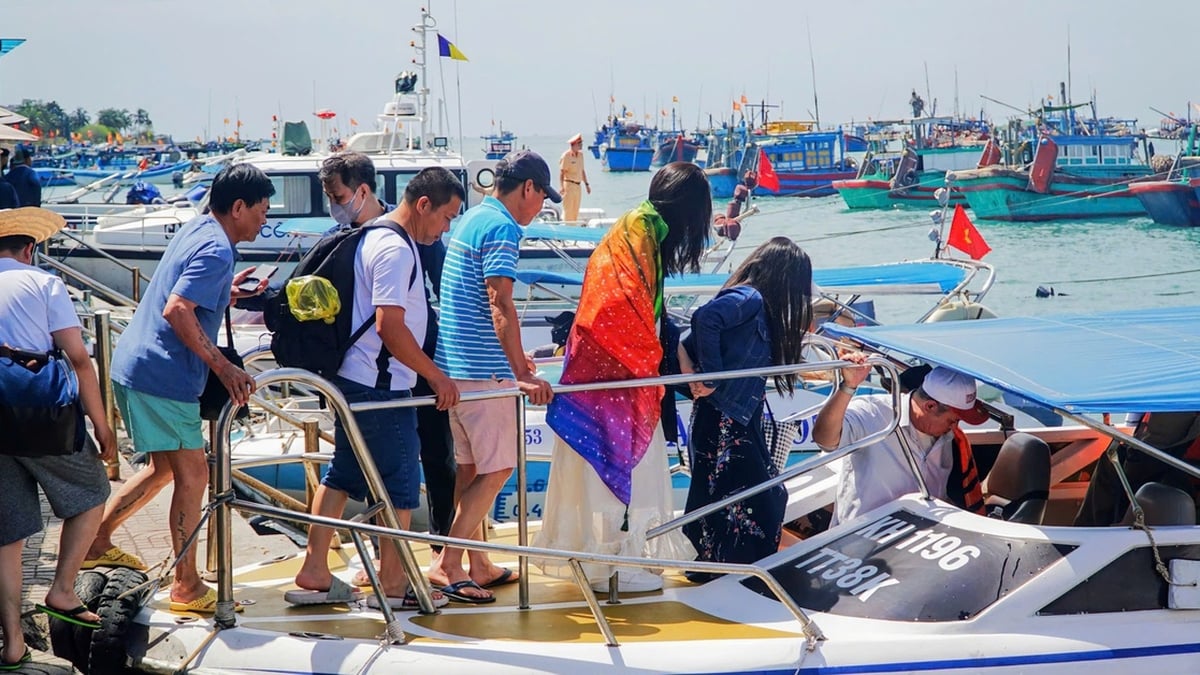


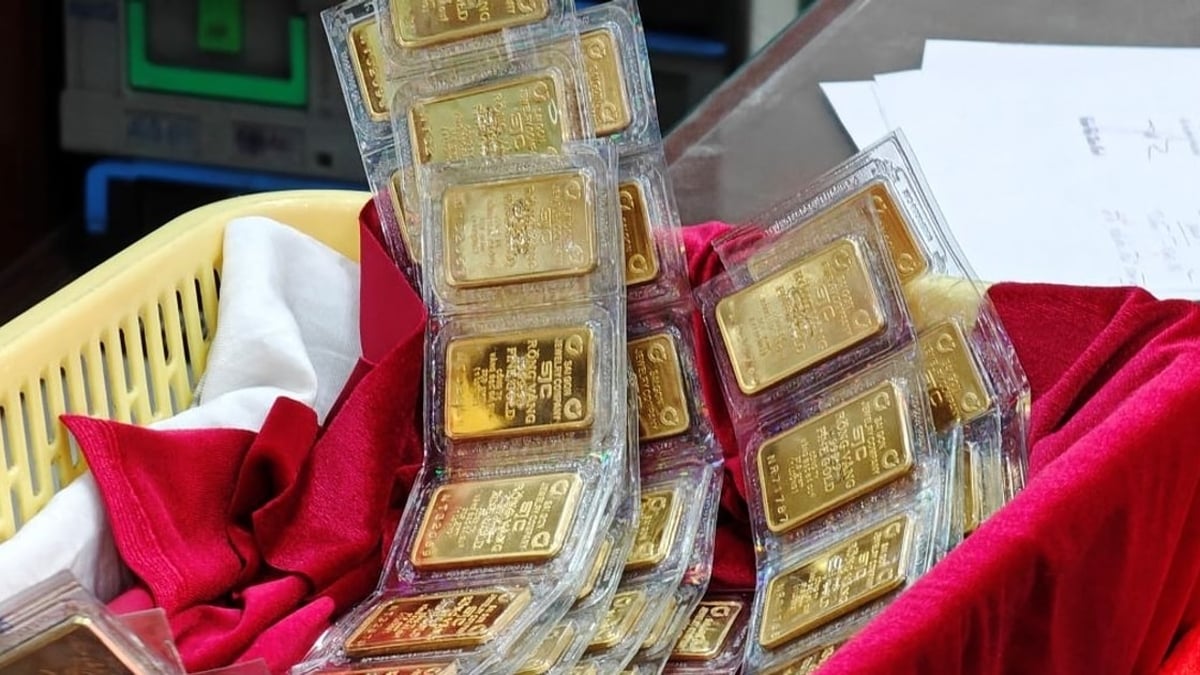
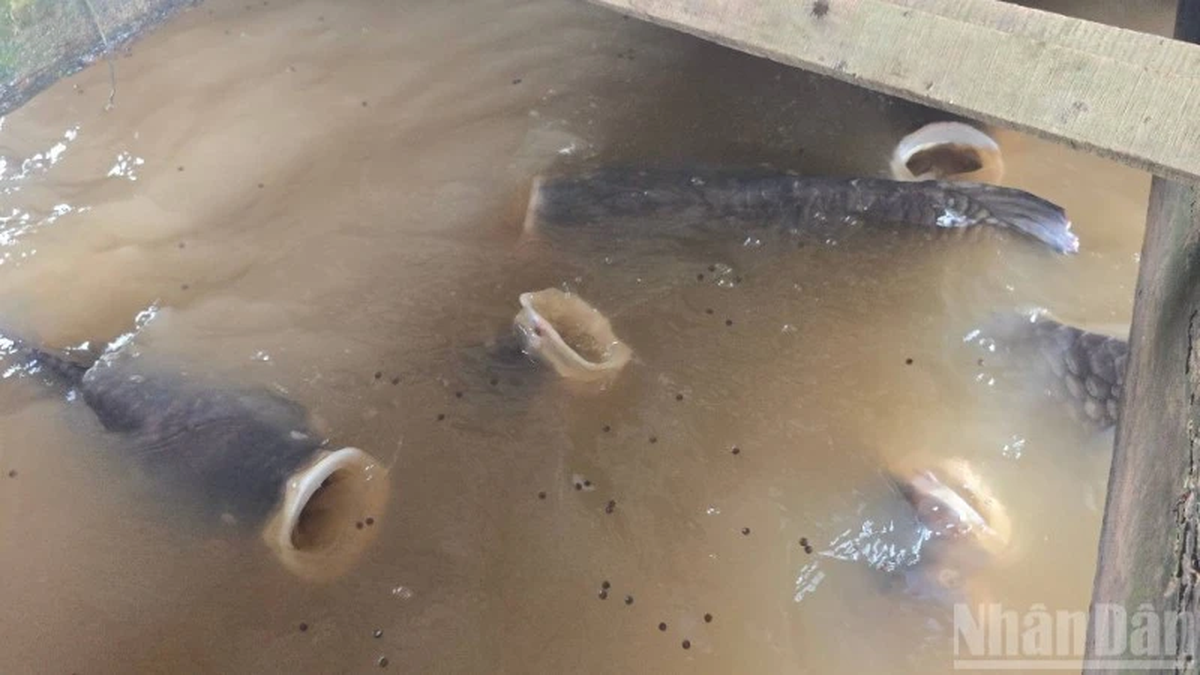
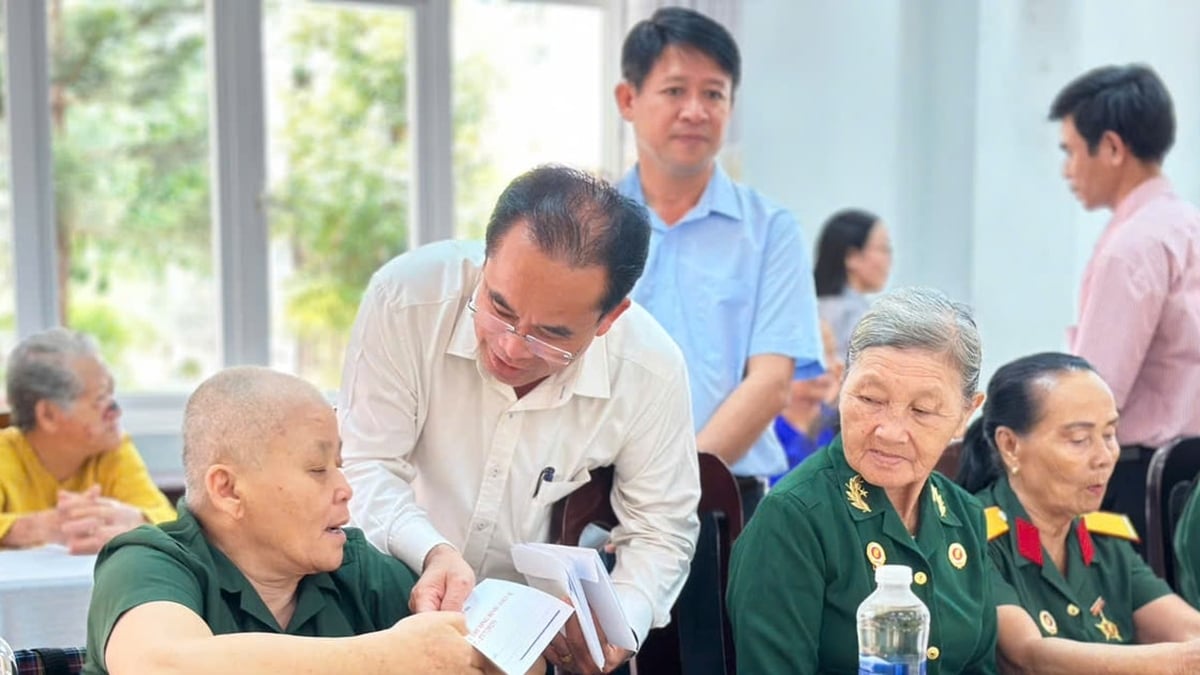










![[Photo] National Assembly Chairman Tran Thanh Man visits Vietnamese Heroic Mother Ta Thi Tran](https://vphoto.vietnam.vn/thumb/1200x675/vietnam/resource/IMAGE/2025/7/20/765c0bd057dd44ad83ab89fe0255b783)





































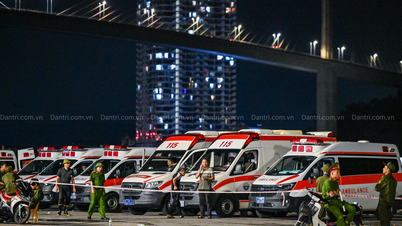
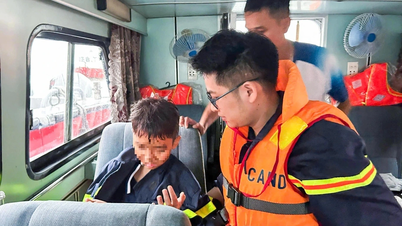

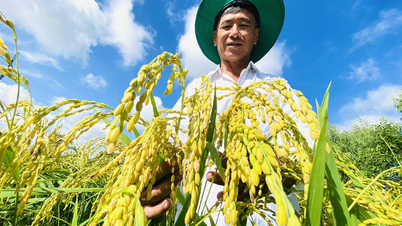
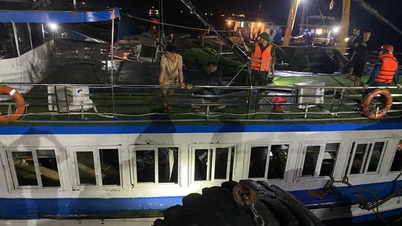
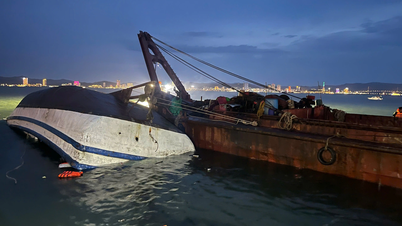







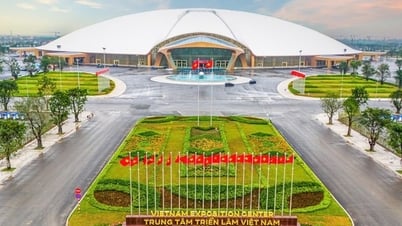
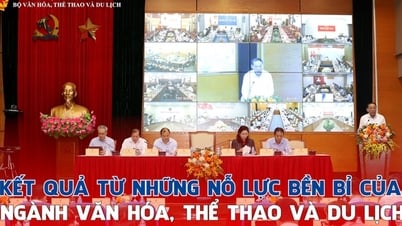
























Comment (0)